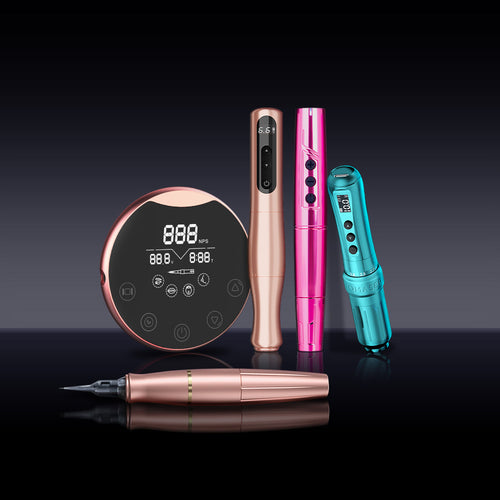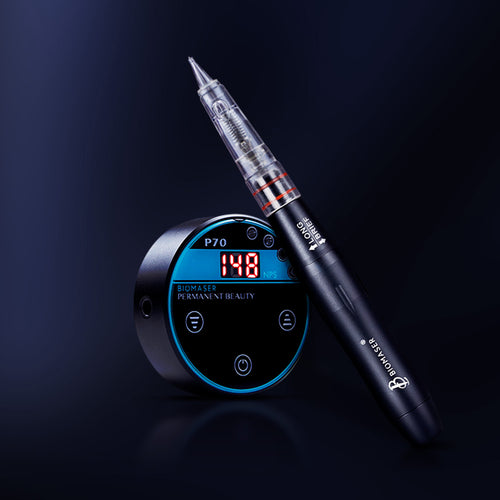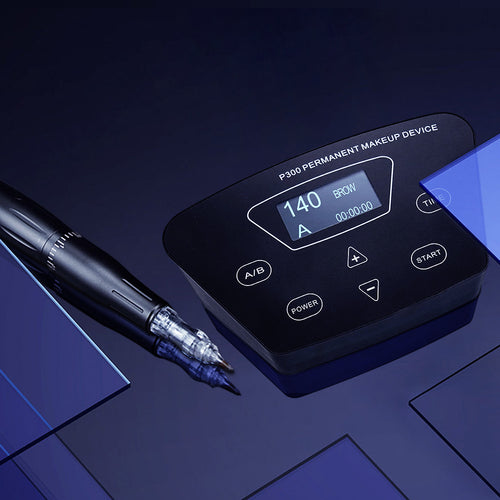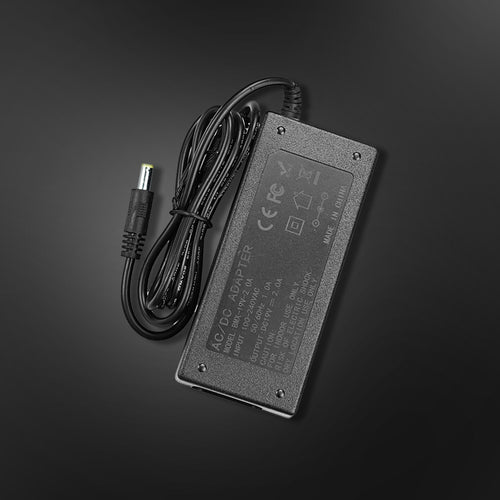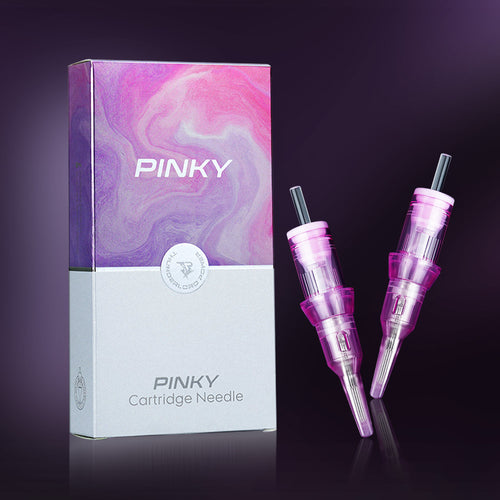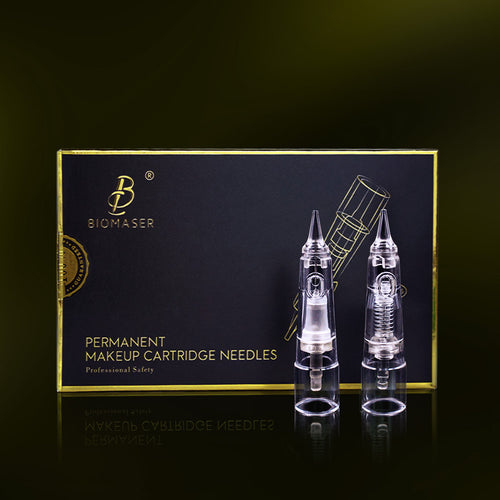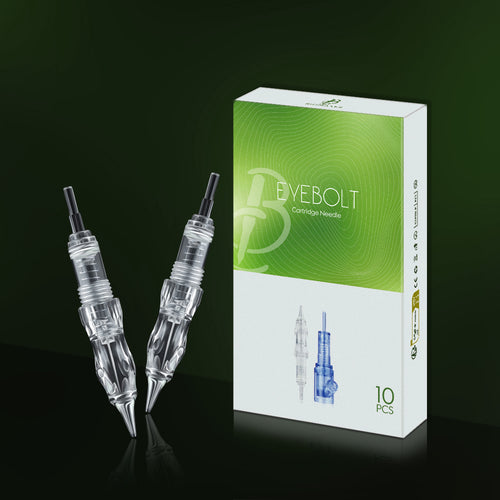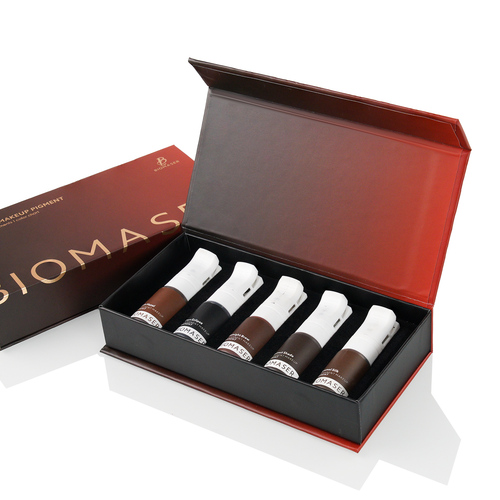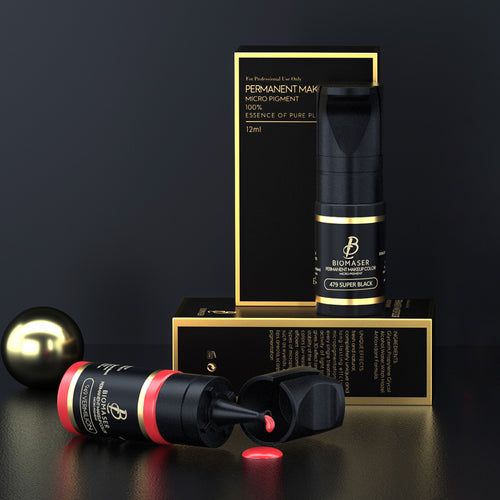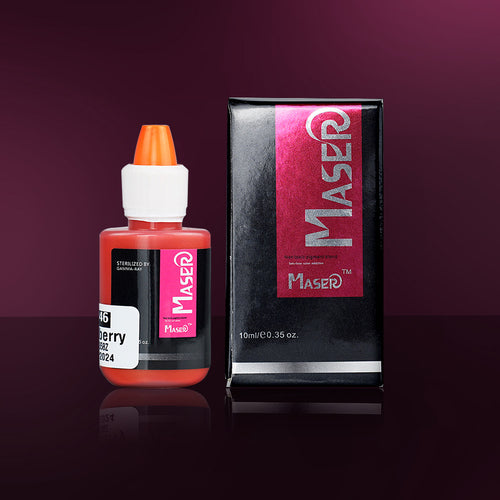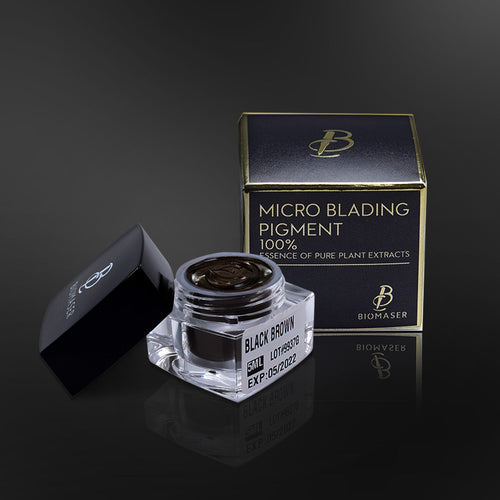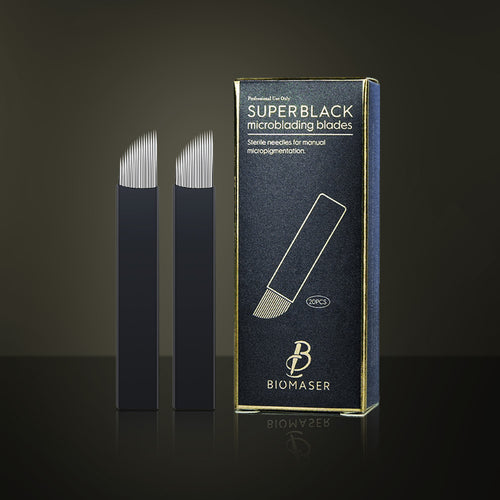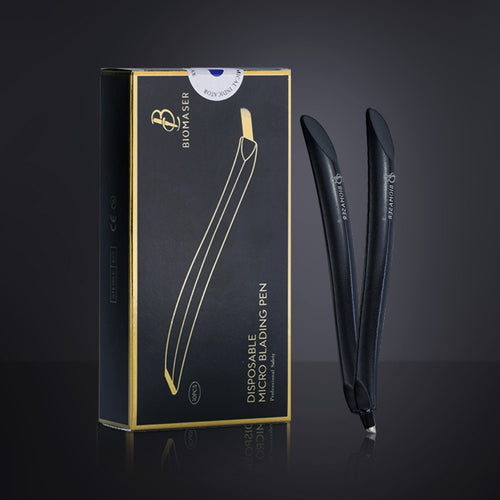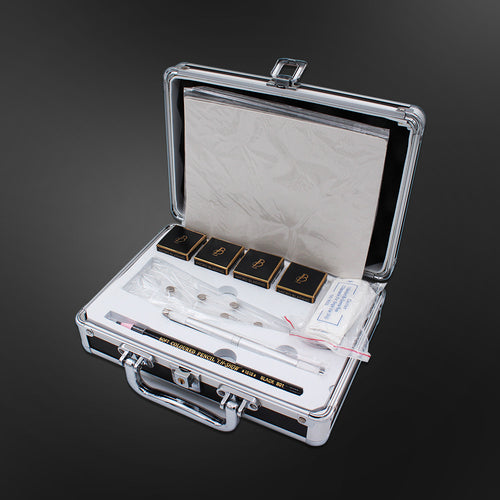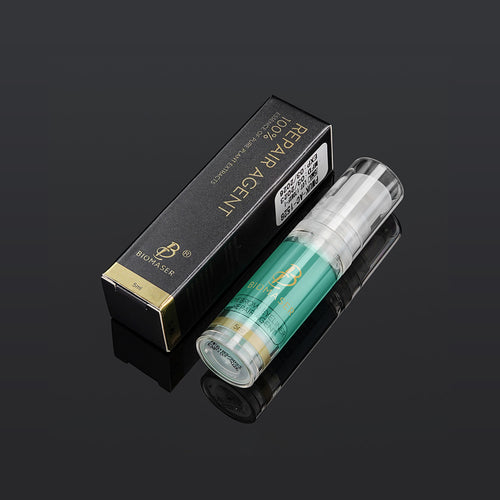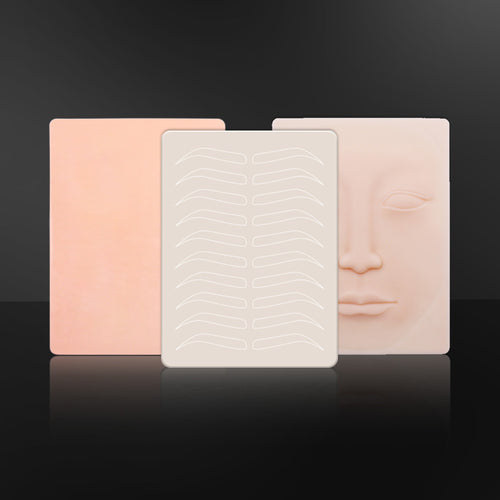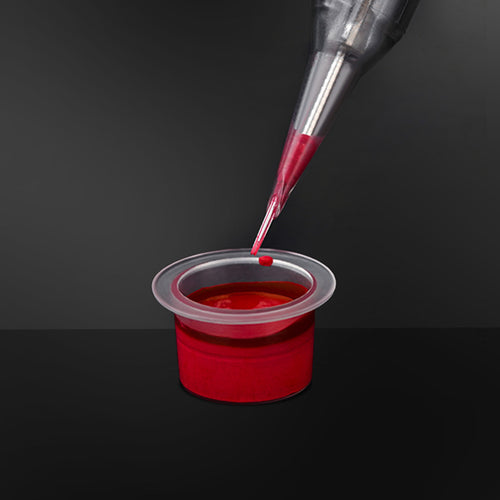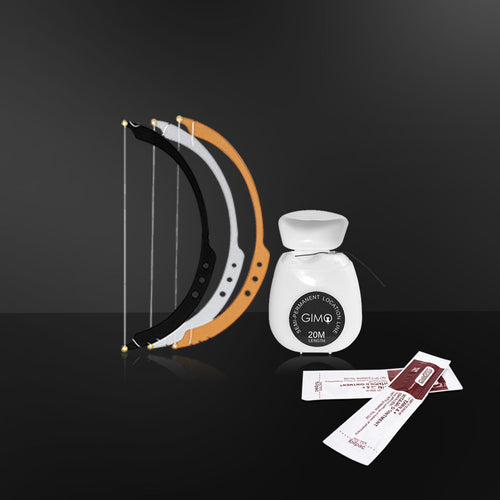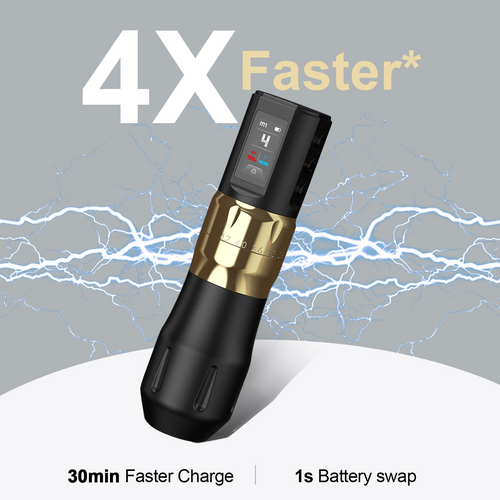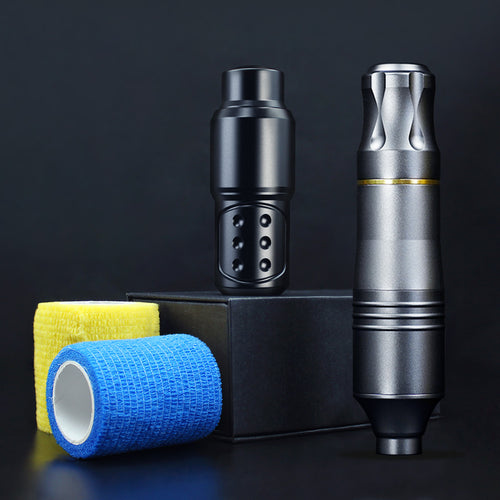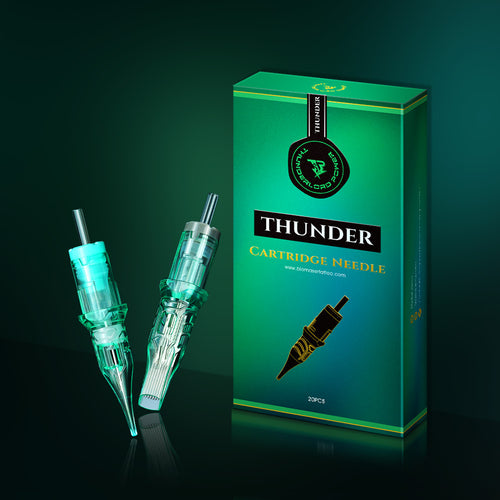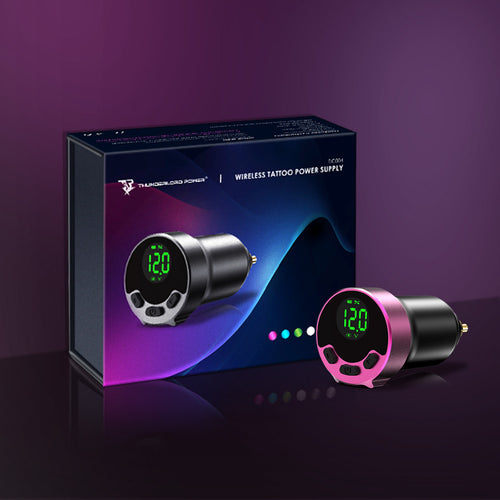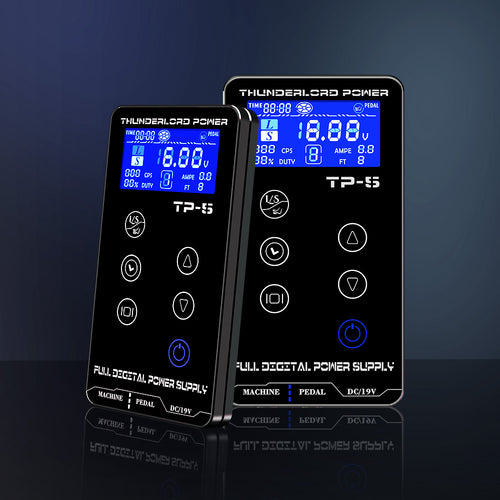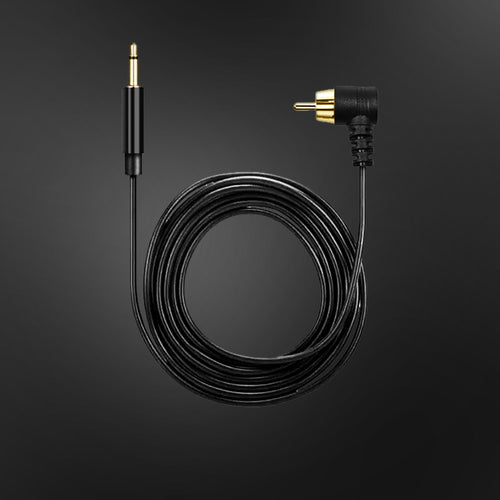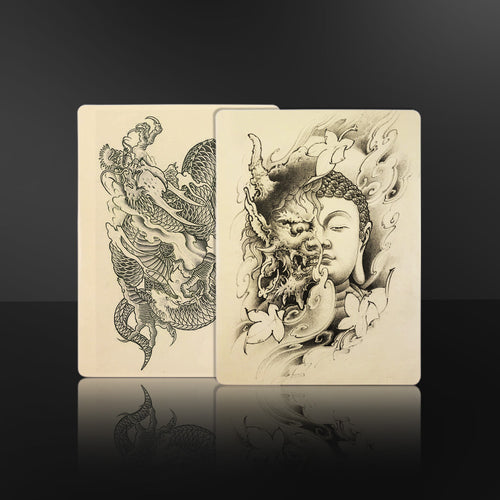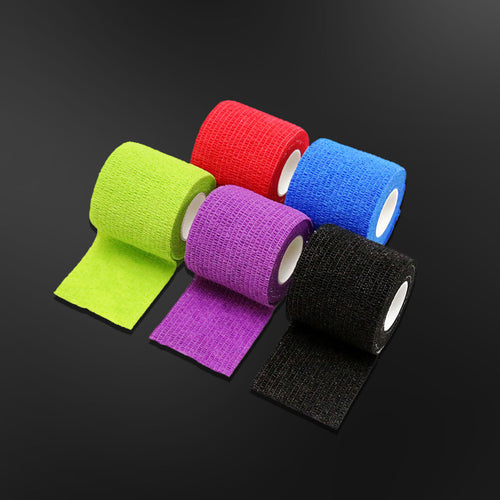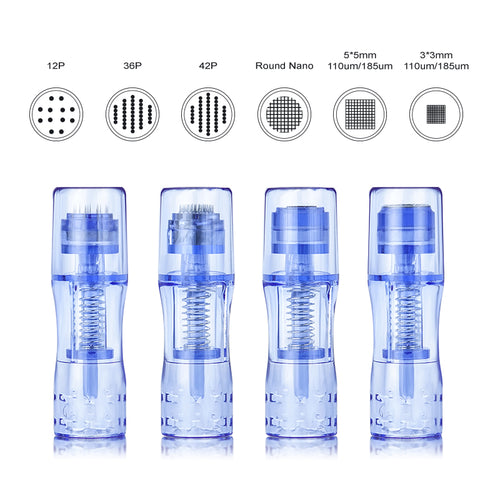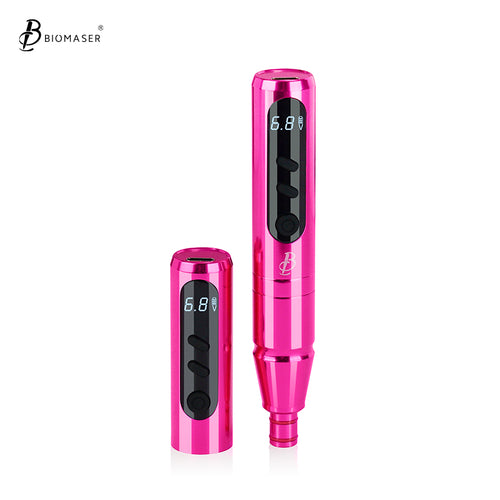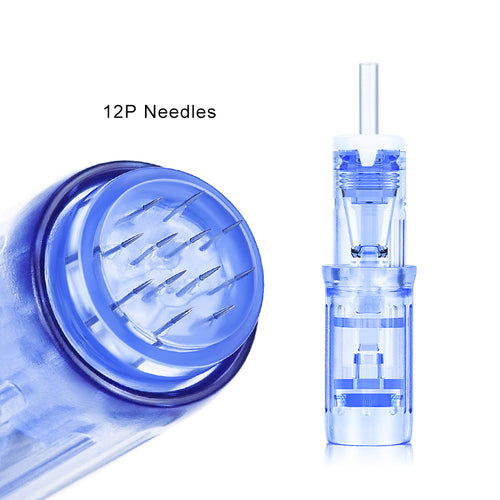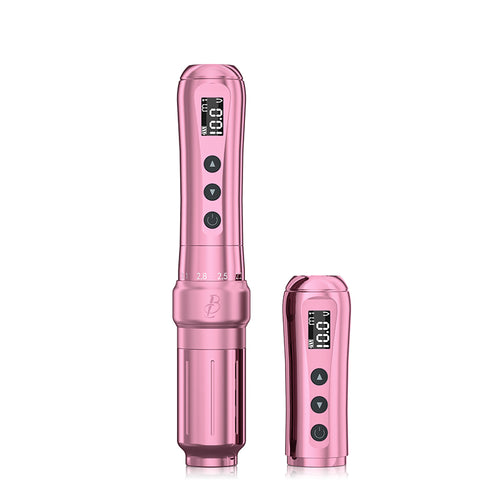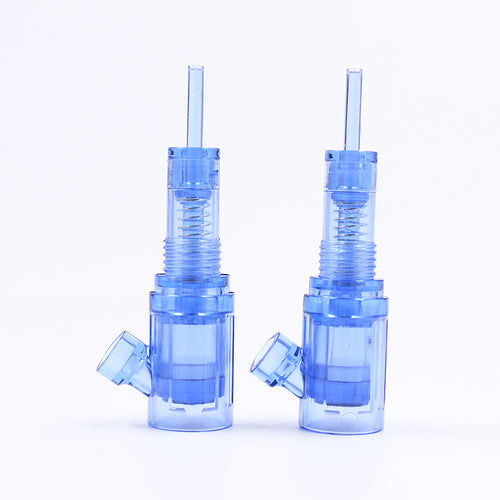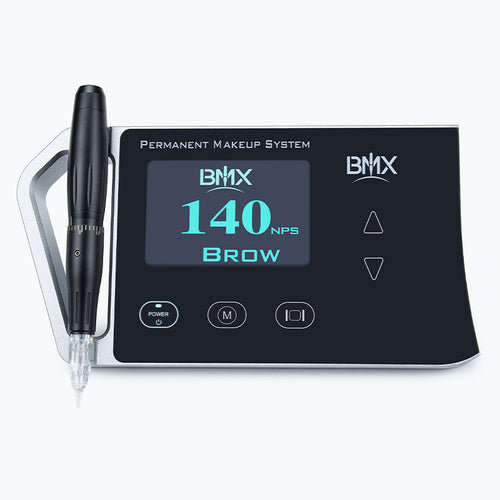Unveiling the Art of Tattooing: Understanding the Role of Machine Needles
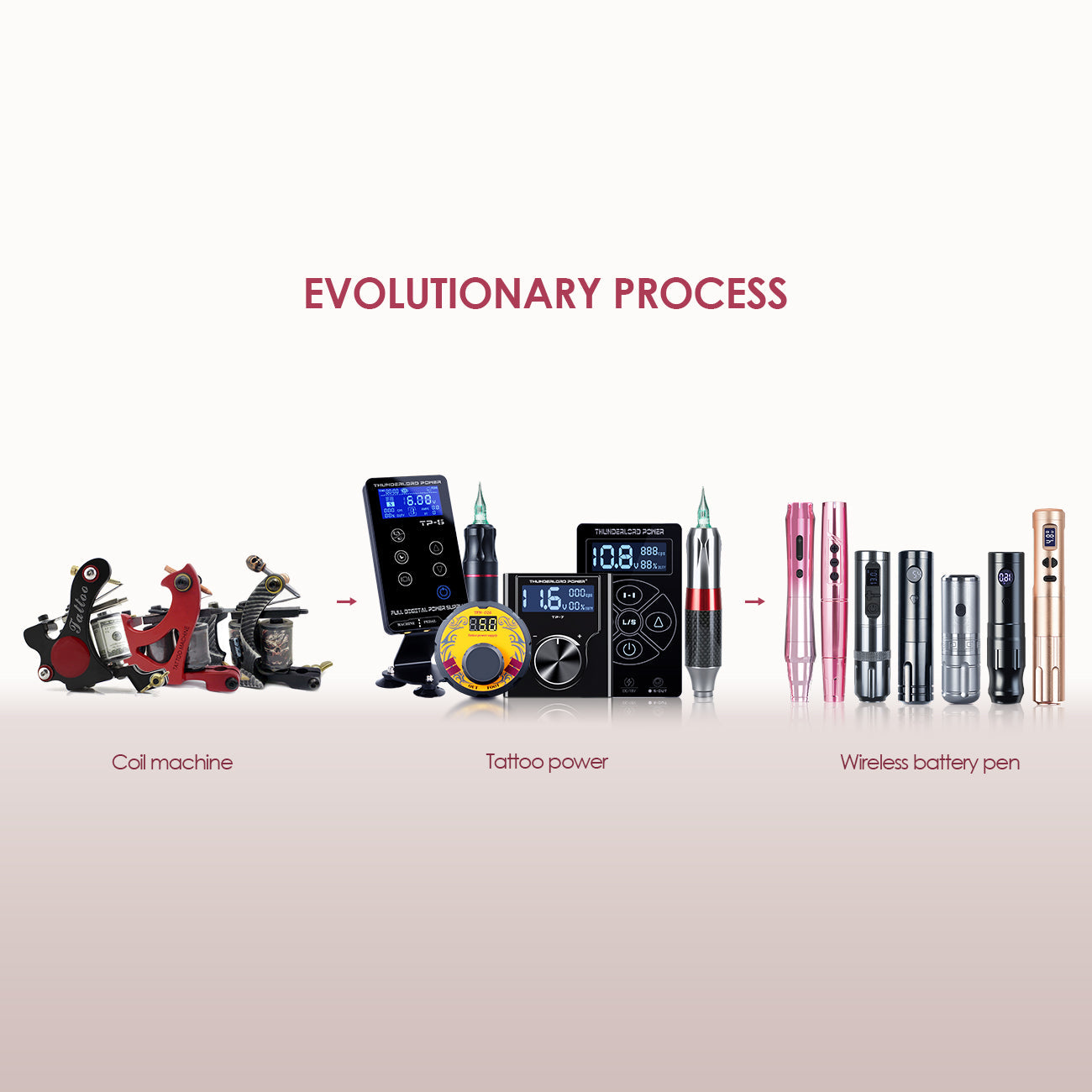
Tattooing has a long history across cultures using rudimentary tools. Now with sophisticated modern equipment, beautiful complex designs are possible. The key tools are machines, needles, and kits that puncture skin and deposit pigments. This article explores how these tools have advanced alongside evolving tattoo styles and techniques. By understanding the equipment fundamentals, we appreciate the skill and art behind tattooing.
Understanding Tattoo Machines and Kits
Tattoo machines, also known as tattoo guns, are the primary tools used for needlework in tattooing. A basic tattoo machine kit includes a power unit or motor, a foot pedal, needles, and tubes. The power unit moves the needles up and down, piercing the skin, while the foot pedal controls the intensity and speed. Needles are responsible for puncturing the skin and depositing pigments. Tubes hold the needles in place and also contain the pigments.
Power units: The motor powers the tattoo machine and causes the needles to oscillate. Tattoo guns can operate using electromagnetic coils or be rotary-powered. Rotary machines are quieter, but coil machines are top-rated among tattoo artists. the wireless battery tattoo pen machine are popular now.

Needles: An assortment of needles are available based on the number of needles soldered together and their gauge or size. Tattoo needles are typically made of surgical-grade stainless steel. The tattoo cartridge needles are replacing traditional tattoo needles. The needle configurations include:
Lining needles: Made of round linler outlining a tattoo design.1-14 needles depend on the outline
Shading needles: Comprise 3 to 49 needles for shading larger areas and provide smoother coverage.
Color packing needles: Use seven or more needles arranged in a round configuration to quickly fill in and pack color.
Tubes: Disposable tubes are attached to the needle and power unit. They hold the needles in the proper alignment and contain the pigments. Tubes come in different diameters to match the needle sizes.
Modern tools have enabled tattoo artists to create elaborate tattoos with precision and vibrancy. However, a skilled artist can leverage these machines and components to their full potential to craft unique body art.
The Significance of Machine Needles in Tattooing
The needles are arguably the most important component of any tattoo equipment. They are responsible for piercing the skin and depositing pigments to create different tattoo designs. The types of needles vary based on the number of needles soldered together and their size or gauge.
Needle Gauge
The needle gauge ranges from thick #5 to fine #12. Thicker needles deposit more pigment for shading and packing color saturation. Thinner needles create delicate lines and detail work. Choosing the optimal gauge is crucial.
Needle Configuration
Needles can be grouped into round liners or square shaders to carry more pigment for faster coverage. But large groupings require multiple passes for evenness. Magnum groupings have up to 25 needles for big tattoos.
Depth and Technique
Shallow penetration works for bold outlines. Deep puncturing enables soft shading and photorealism. Speed, technique, and machine settings adapt to needle types.
Quality
High-quality surgical steel needles are durable, corrosion-resistant, and minimize trauma. Poor needles can damage skin, cause heavy scabbing, and need touch-ups.
The machine needles act as an extension of the tattoo artist's hand. Their choice of needles impacts any tattoo's precision, vibrancy, and final outcome. Understanding the interplay between different needle properties, sizes, and techniques develops a deeper appreciation for the expertise required in tattooing.

Permanent Makeup Machines and Kits
Permanent makeup, also known as cosmetic tattooing, uses specialized tattooing equipment to implant pigments into the dermal layer of the skin. The tools are designed to create crisp, natural-looking hair strokes, especially for microblading, powder brows, and lip-blushing procedures. The machines are also much quieter and vibrate at a higher frequency than regular tattoo machines.
Some key tools include:
Micro-needling Pen
A pen-like instrument with a row of fine needles to create precise hair strokes. The needles rapidly puncture the skin to produce a feathered brow effect. The pens typically have a row of 12 needles that measure 0.25 mm to 0.35 mm in length.
Tattoo Pen Machine
A tattoo pen machine is a compact, precision tool used for cosmetic tattooing. It employs a motor-driven needle to deposit pigment into the skin, enabling detailed work like microblading or lip blushing. Its adjustable needle depth and varying sizes offer versatility for different procedures, requiring skillful handling for natural results.
Microblading Tool
A hand tool with a row of needles to make hair-like cuts in the skin and deposit pigments for a natural brow look. The needles are mounted on a disposable or reusable tool handle at a preset depth. Pigments are applied directly to the cuts using the tool.
Permanent Makeup Needles
They come in sizes and groupings specifically suited for cosmetic tattooing. Round shading needles and magnum needles are commonly used to fill in lips or camouflage scars. Needles are also available in lengths of 0.25 mm to 1.0 mm for different cosmetic procedures.
Pigment Lip Blushing
Pigments used for permanent makeup have a creamy consistency and contain iron oxides specially formulated for use on sensitive areas like brows, lips, and eyelids. The pigments produce soft, natural-looking shades that fade progressively.
The tools allow tattoo artists to create incredibly natural-looking results that subtly enhance a client's features. They give people with sparse or light-colored brows or asymmetrical lip shapes a more balanced and flattering appearance with minimal downtime. The precision and technique involved require intensive training to master.
Tips for Choosing the Right Machine Needles
Embarking on the journey of creating perfect tattoos requires skill, precision, and the right tools at hand. One of the most critical components in this process is selecting appropriate machine needles. Here are some indispensable tips for choosing the right machine needles:
- Consider the tattoo style and technique. Use thinner needle groupings like 3-5 needles and higher gauge needles for lining and detailed work. Use thicker groupings and lower gauge needles for coloring, packing, and heavy shading.
- Match the needle grouping to the area being tattooed. Use fewer needles on sensitive or thin-skinned areas. Use more needles on thick-skinned areas.
- Choose needle length based on tattoo location. Longer needles allow deeper pigment saturation on areas like the back or thigh. Shorter needles prevent over-saturation on thinner skin.
- Select needle bevel type - round bevels for smooth shading, sloped bevels for crisp lines, flat bevels for graphic coloring packing. Bevel angle impacts ink dispersion.
- Ensure needles are sterile, rinsed of manufacturing oils, undamaged, and corrosion-free. Dull, damaged needles cause trauma and uneven pigment delivery.
- Test new needle groupings first on practice skin or oranges. Start with lighter shading, then increase depth for even ink saturation.
- Change needles often. Replace after every 2-5 hours maximum to prevent overwork and contamination. Properly dispose of used needles.
- Choose needle diameters that match the tube grips and machine gauge for stability. Mismatched components cause needle breakage.
Following these tips will help you select the right needles for optimal tattoo performance and ensure a safe, high-quality tattooing experience. The needle type greatly impacts the final results, so it's important to choose them wisely based on the tattoo goals.
Conclusion
The art of tattooing has evolved alongside the advancement of modern tattoo machines, tools, and needles. While machines have made tattooing faster and more versatile, needles remain the most critical component for executing designs. By understanding the different needle types and properties, we gain a deeper appreciation of the technique and expertise needed to create beautiful, vibrant tattoos safely and effectively. The tools may have changed, but the artistry remains in the artist's hands.
